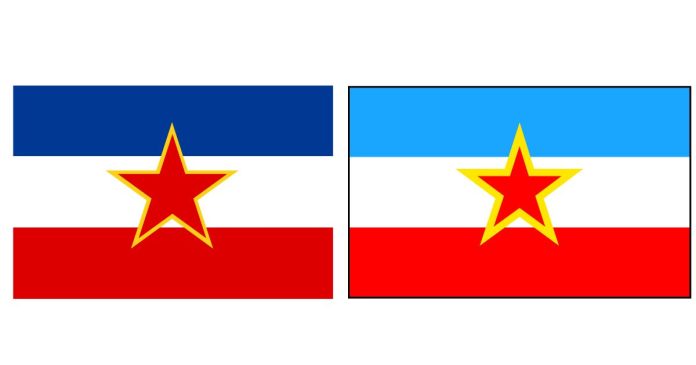Yugoslavia no longer exists as a single country. It was a multi-national state in Southeast Europe that dissolved in a series of bloody conflicts in the 1990s.
What Happened to Yugoslavia?
- Formation: Yugoslavia was formed in 1918 after World War I, uniting several South Slavic peoples.
- Rise and Fall of Communism: After World War II, Yugoslavia became a communist state under Josip Broz Tito. Tito’s leadership and non-aligned foreign policy kept the country relatively stable for decades.
- Ethnic Tensions: However, underlying ethnic and nationalist tensions simmered beneath the surface.
- Breakup: In the late 1980s and early 1990s, these tensions erupted into open conflict. Slovenia and Croatia declared independence in 1991, followed by Bosnia and Herzegovina and Macedonia.
- Wars and Ethnic Cleansing: The breakup was accompanied by brutal wars, including the Bosnian War and the Kosovo War. These conflicts saw widespread atrocities, including ethnic cleansing and genocide.
What Exists Today?
The former Yugoslavia is now comprised of several independent countries:
- Serbia: The largest of the successor states.
- Croatia: A popular tourist destination known for its beautiful coastline.
- Slovenia: A prosperous and developed country.
- Bosnia and Herzegovina: A multi-ethnic country still grappling with the legacy of war.
- Montenegro: A small coastal nation known for its stunning scenery.
- North Macedonia: Formerly known as the Republic of Macedonia.
- Kosovo: Declared independence from Serbia in 2008, but its status remains disputed.
The Legacy of Yugoslavia
The breakup of Yugoslavia was a tragic event with lasting consequences. It serves as a reminder of the dangers of nationalism and the importance of peaceful coexistence. While the region has made progress in recent years, challenges remain, including political instability and economic disparities.


